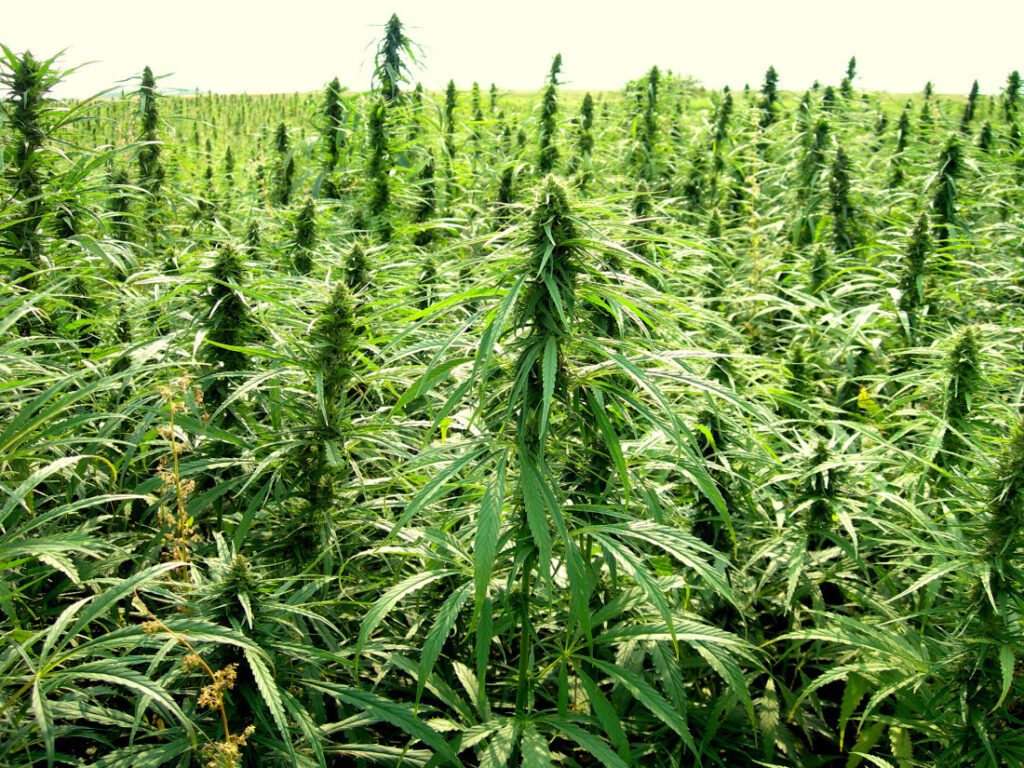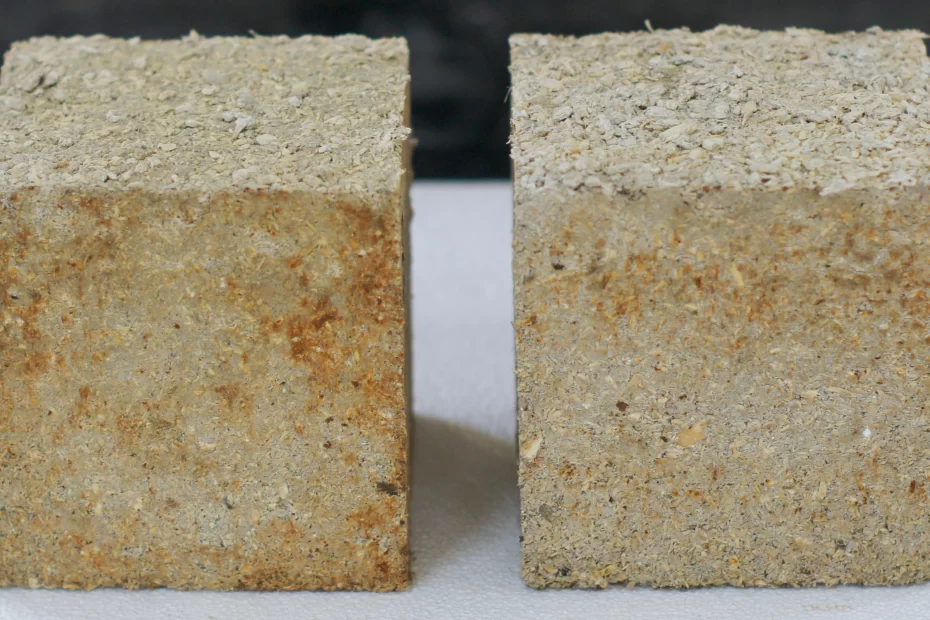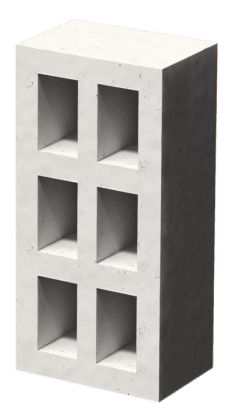Interestingly, while the representatives of the 196 parties to the UN, in a rare consensus have agreed to cap the increase in global temperature to less than 1.5OC at the Accord de Paris, there is an interestingly rarer consensus amongst the scientific community that geoengineering is the way to go. But, there is a lack of understanding of what geoengineering entails. Geoengineering is the deliberate, large-scale manipulation of the environment to counter some effects of anthropogenic climate change. This, in effect, is the delicate act of balancing the sequestration and emission of carbon dioxide and other green house gas emissions in such a way that it does not result in the rise of global temperature. Some geoengineering strategies have been put forth such as Carbon Dioxide Reduction (CDR) through carbon sequestration and Albedo Modification (AM) through the implementation of other elaborate mechanisms such as, seeding large quantities of chemicals in the atmosphere in an attempt to reflect solar radiations that may or may not be very beneficial to the environment in the long run. While large-scale manipulation of the environment might seem like the way to go, a principal debate on how far to go is still at large. But, the lengths that we can go with manipulating the environment much unlike science fiction movies is not the decision of a few.
However, CDR strategies are currently the best bets that we can place. The advantages of creating a CDR strategy for achieving geoengineering is that there isn’t a large-scale impact on the environment, since this involves activities that are more or less “natural”. A lot of researchers argue that AM strategies are fundamentally wrong because they entail the application of anthropogenic intervention to problems caused by anthropogenic activities in a system that is governed by nature’s laws. Many researchers are hence in favour of CDR strategies since there isn’t a large-scale anthropogenic modification of the environment, but only a “reversal” of the results of historical anthropogenic activities that originally led to the problem of climate change. Hence, a particularly favorable CDR strategy, apart from reforestation and afforestation, is the repurposing of deforested lands to grow crops that have a high carbon sequestration capability and great economic value.

So how does hemp fit into all this? Hemp, otherwise popularly known as cannabis, is a crop that has a very high yield. With about 10 – 15 tones of biomass yield per hectare, the industrial hemp crop is arguably the easiest growing crop with the highest yield. A study that I had conducted in 2016 had proven that every kilogram of the hemp stalk sequesters about 1.8 to 2 kg of carbon dioxide. Amazingly, this translates to offsets of about 20 to 30 tones of anthropogenic carbon dioxide emissions for every hectare of the hemp crop. It needn’t be explained that when the industrial hemp crop is grown in about a 100,000 hectares of land, the produce sequesters about 2 – 3 million tones of carbon dioxide, and in 1 million hectares would mean about 20 to 30 million tones of carbon dioxide sequestration. While this does seem like a large number, it is impossible to completely offset the 50 billion metric tones of carbon dioxide equivalent global GHG emissions. However, increasing the quantum of lands under hemp cultivation could start making sense.
If the plant’s amazing capability to counter global warming and making our home a livable place isn’t incentive enough, maybe the suitability of crop for a multitude of applications needs to be discussed. Industrial hemp is a plant that has about 25,000 documented applications ranging from man’s basic needs of food clothing, shelter, recreation and medicine to Nano-technology and defence applications. Hemp homes are amongst the most energy efficient homes and have the least amount of embodied energy amongst building materials that are not made from recycled materials and help reduce operational energies too. Once made a part of mainstream agriculture, hemp homes shall also be cost effective and cheaper than most constructions. Hemp seeds are considered to be a super-food as they’re a rich source of protein with about 32g per 100g serving and omega-3 fatty acids with an optimal omega profile.
It is evident that hemp generates great environmental as well as economic value. But since it’s an agricultural product, it also generates great social value. While a successful case for hemp in the geoengineering context is made, the strategies will be successful only with concerted efforts synergizing geoengineering and changes in the economic and social structures.



